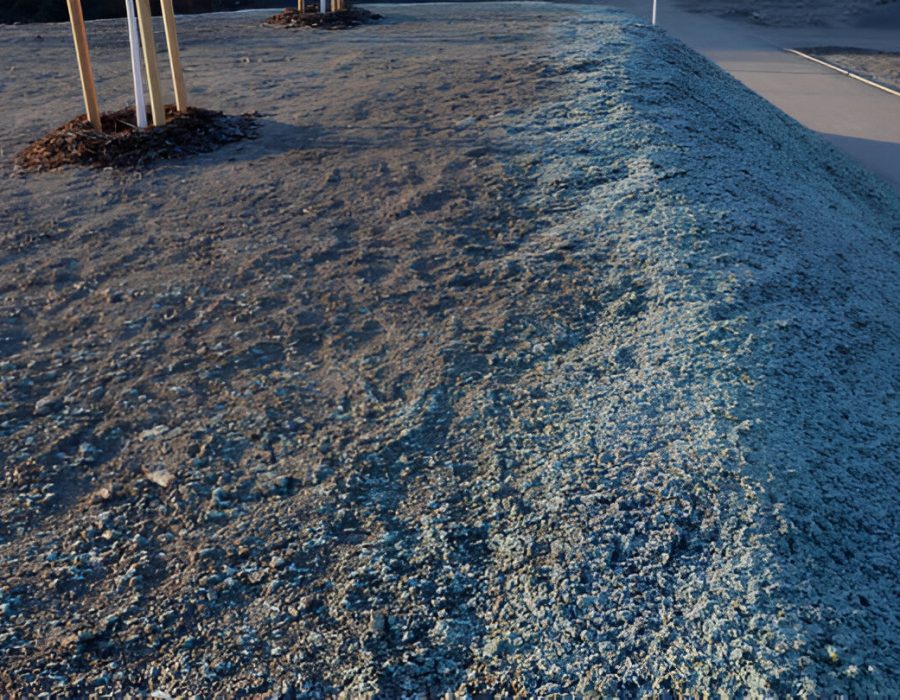Landscape Fabric & Weed Barrier – 100% Biodegradable and Made from Natural Tree Fibers
Landscape Fabric and Weed Barrier offer an eco-friendly alternative to synthetic ground covers. Made entirely from natural tree fibers, this innovative material provides excellent weed suppression, moisture retention, and soil protection — all while being fully biodegradable and environmentally safe.
Ideal for both residential and commercial landscaping projects, this fabric naturally decomposes over time, enriching the soil instead of polluting it.
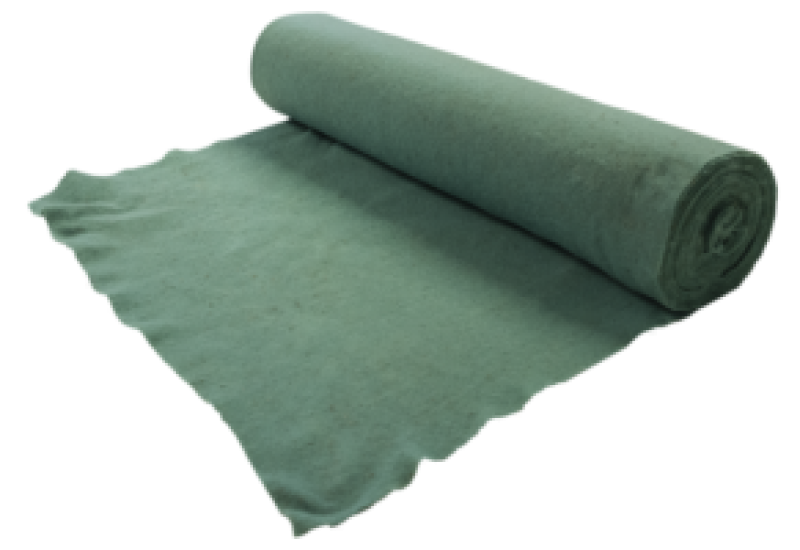
Key Features & Benefits
🌿 100% Natural Composition
🪴 Biodegradable & Compostable
🌱 Efficient Weed Control
💧 Improves Soil Health
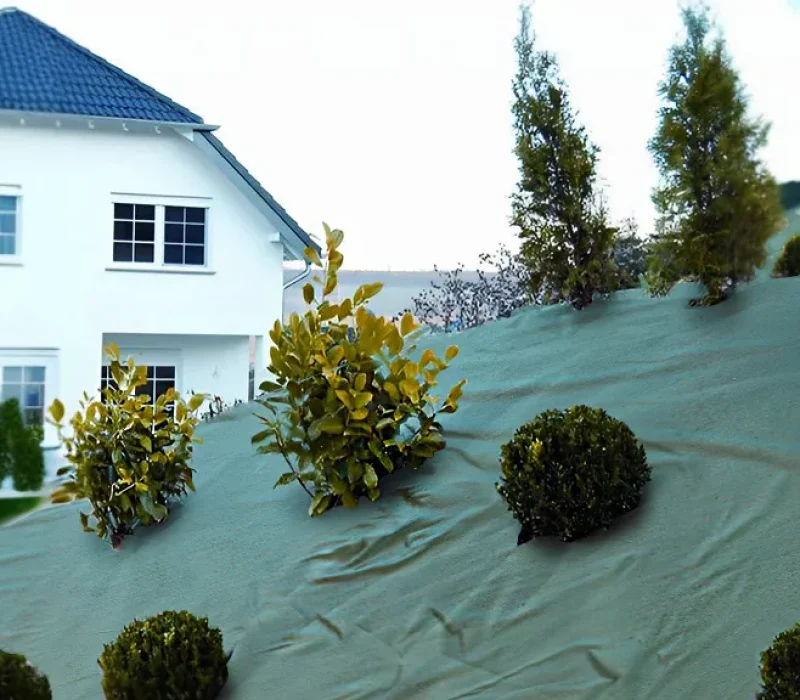
Technical Options
- Woven Landscape Fabric: Strong and tear-resistant. Best for high-traffic areas or where mulch and gravel will be placed on top.
- Non-Woven Weed Barrier: Thicker and denser. Ideal for planting areas, flowerbeds, and zones needing extra weed control.
- Available in various widths and roll lengths to suit both residential and commercial projects.
Applications
- Organic garden beds and vegetable plots
- Flower borders and perennial plantings
- Slopes and erosion-prone areas
- Pathways and natural walkways
- Agroforestry, vineyards, and greenhouses
- Under mulch, bark, or gravel
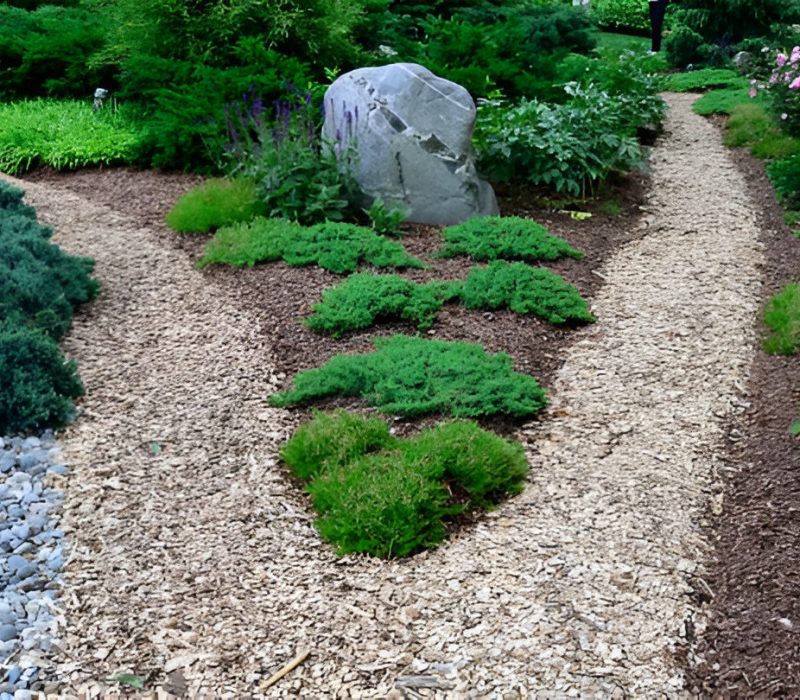
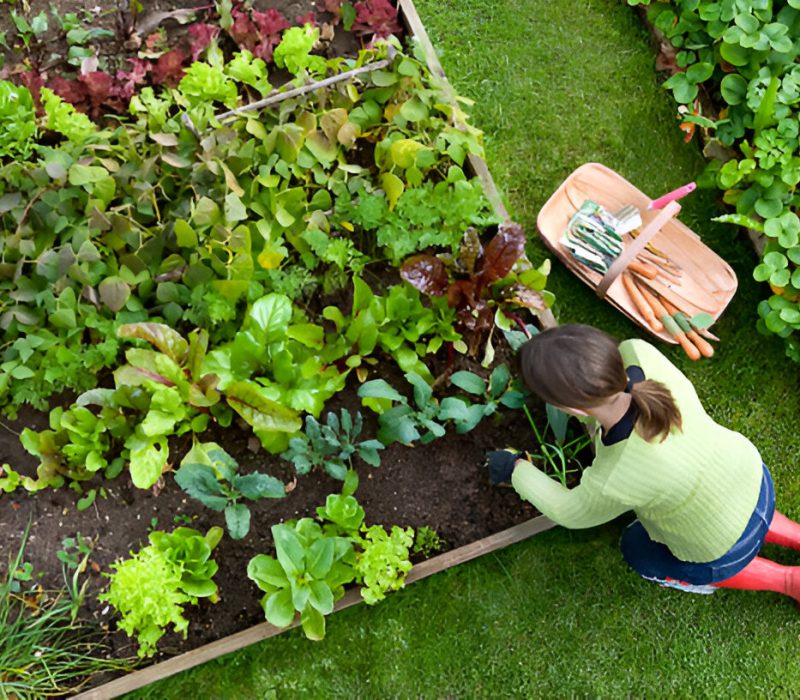
Why Choose Tree-Fiber Landscape Fabric?
- ✅ Plastic-free and environmentally responsible
- ✅ Easy to install and cut to shape
- ✅ No microplastics left in the soil
- ✅ Ideal for sustainable landscaping and permaculture
- ✅ Supports circular and regenerative agriculture
Easy Installation
- Prepare the ground by removing existing weeds and leveling the soil.
- Roll out the fabric, overlapping the edges by 10–15 cm for full coverage.
- Secure with ground staples or pins every 30–50 cm.
- Cover with mulch, gravel, or bark for aesthetics and extra protection.
This tree fiber weed barrier is not only a sustainable ground cover — it’s a meaningful contribution to a greener, healthier future. By choosing a fully biodegradable, plastic-free alternative, you’re actively reducing soil pollution, protecting ecosystems, and supporting regenerative landscaping practices.
It’s more than just a product — it’s part of a long-term solution for environmentally responsible gardening and land management.
Whether you’re a homeowner, landscaper, or municipality, integrating this natural weed barrier into your projects reflects a strong commitment to sustainability without compromising on performance or aesthetics.
